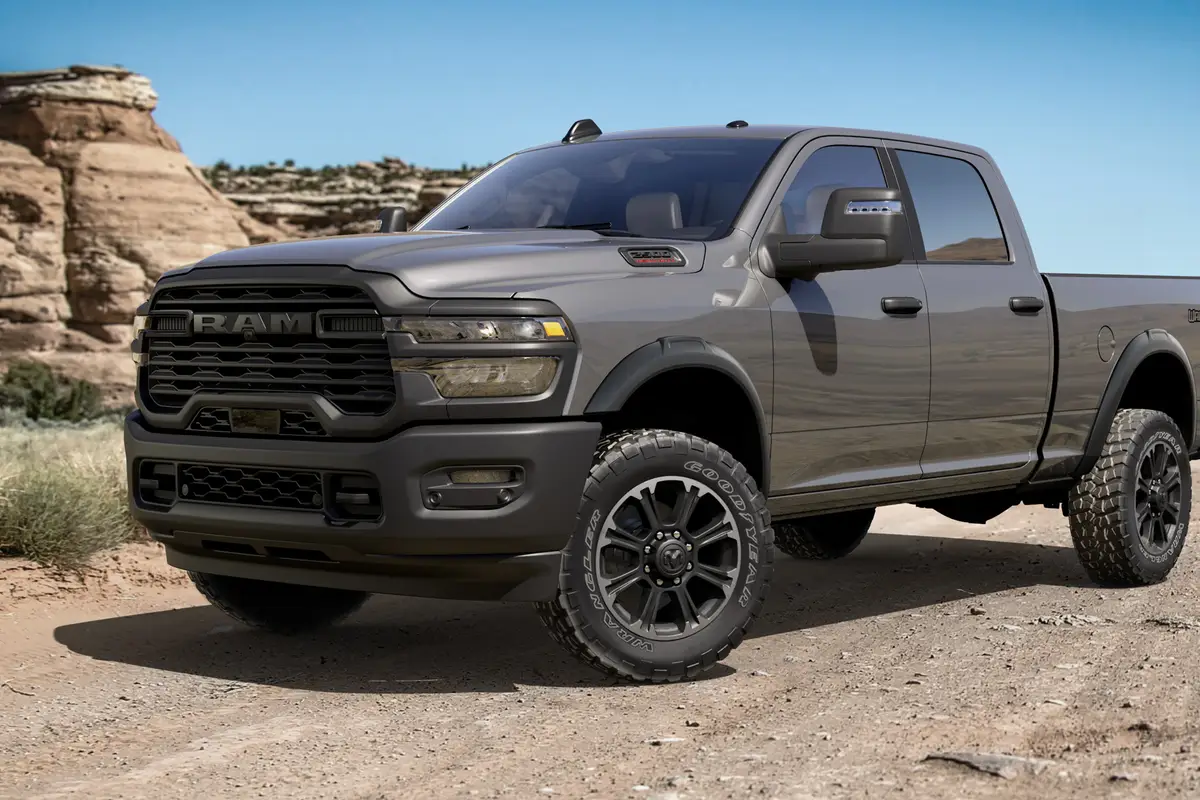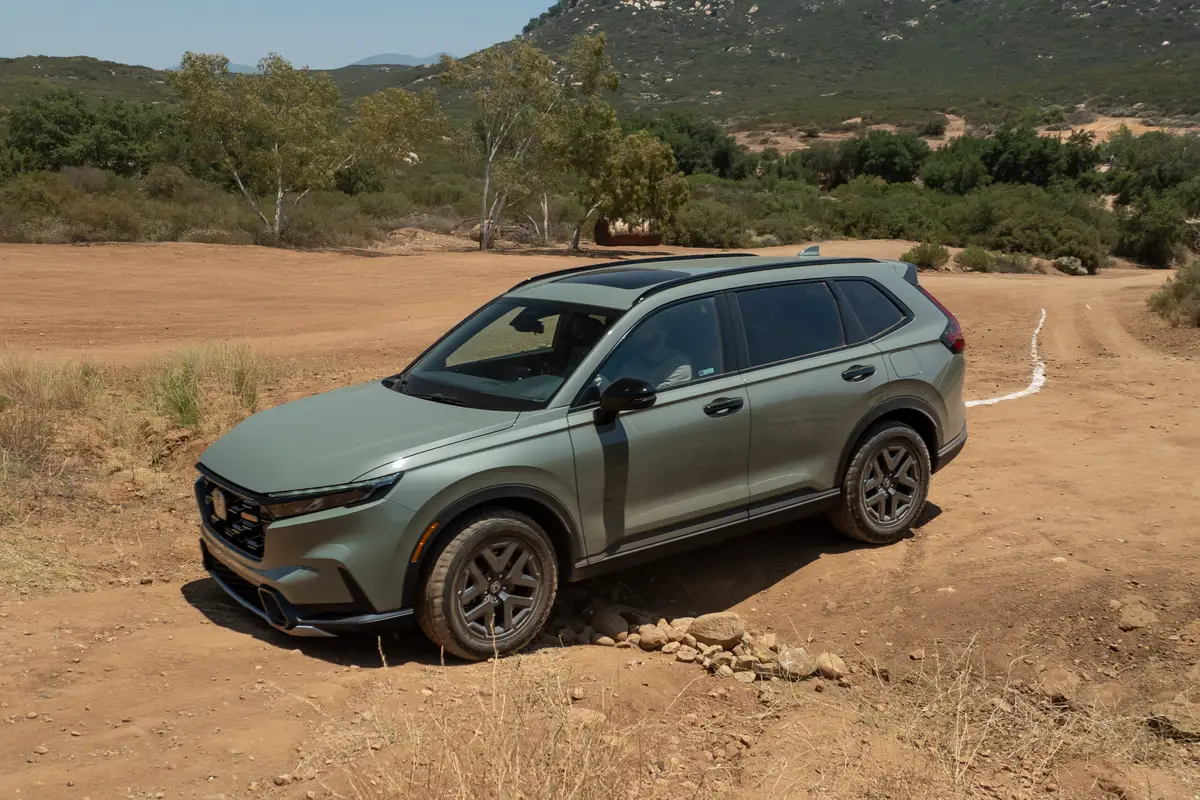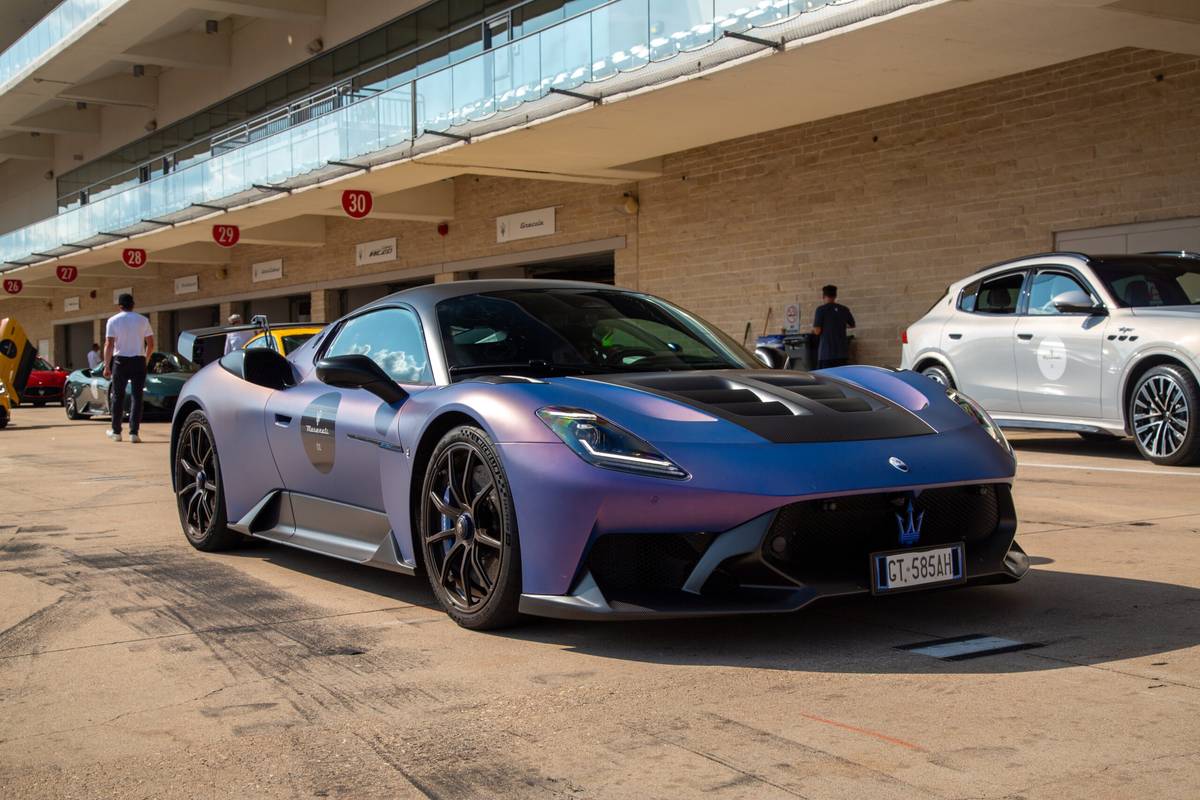The Morning Call and Mcall.com's view
The very name conjures up images of big, boxy Swedish tanks built for people with safety as a priority. Certainly, Volvo has successfully mined this image, cultivated over many decades.
But being safe above all else doesn’t make a very exciting driving experience, unless you’re about to become intimate with a tree, brick wall or other such roadside obstacle.
Of course, other automakers are realizing how concerned car buyers are with safety, and many of the safety features that made Volvo stand out are now available from other automakers. With Ford management looking after things, Volvo is waking up to the realization that it must provide a sexy sizzle with its steak.
Thus, Vovlo now has a pair of V70 station wagons, a front-wheel-drive base model (available in 2.4, 2.4T and T5 trim levels) as well as the new V70 Cross Country (or XC).
Both are based on the new S80 sedan platform and, like the S80, try their best to shed a bit of the boring boxiness that have been Volvo’s trademark since the Nixon administration. This is especially true in the front, where graceful lines arc forward to accentuate the traditional Volvo grille.
Still, a station wagon is a station wagon and there’s little one can do to disguise the useful shape. But Volvo’s designers have designed their sleekest shape yet.
If you opt for the Cross Country, the styling changes a bit. Ground clearance increases to a whopping 7.5 inches. Chrome is kept to a minimum, replaced by tough black bumpers and lots of rubber accents to give the wagon a more SUV-like appearance.
Both vehicles are powered by five-cylinder engines with automatic transmissions. A five-speed Geartronic, which allows for manual shifting, is available.
The front-drive V70 T5 I test drove had a wild turbo-charged 2.3-liter with 247 horsepower and 243 pound-feet of torque. This gave this upscale soccer-mom-mobile excellent acceleration and a modicum of fun, although it wasn’t as much fun as the Saab Aero Wagon. Strangely, the Cross Country has a larger engine that yields less power. The 2.4-liter turbo-charged five is good for 197 horsepower and 210 pound-feet of torque and is standard on the XC as well as 2.4T models.
Base models get a weaker engine. Both models exhibited some turbo lag on initial acceleration, though the XC’s engine is perfectly adequate for all driving situations, even if it lacked that extra spark of power the T5 delivers. The XC wasn’t as much fun, but most Volvo drivers don’t want fun, they want peace of mind and that’s what the XC delivers. Thank all-wheel-drive for that.
The system is the same one used on the Cross Country since the model was introduced by Volvo in 1997. It mainly drives the front wheels, with some 95 percent of the power going up front. This helps improve fuel economy by not running all four wheels all the time. When things get rough, power is transferred to the rear wheels via a viscous clutch. This means there’s no li mit to the amount of power that can be sent to the rear wheels if necessary.
In addition, Volvo’s TRACS system can sense when the right set of wheels is slipping and apply the brakes to that set of wheels while driving the vehicle with the left set. The biggest change to the system has been weight reduction, with Volvo using more aluminum throughout the system.
Handling of both models was good, with an excellent ride. Interiors were hushed, except for some tire noise.
Braking was excellent, with strong, powerful brakes bringing the car to a stop in a hurry. The one problem was the XC had a spongy on-off feel to the pedal that made it difficult to modulate at times.
Despite the ground clearance and sophisticated all-wheel-drive setup, the XC is designed for on-road, not off-road use. It does a great job of getting you through the sloppy stuff Mother Nature throws your way, as this vehicle proved in a light snowstorm. But the T5 is almost as capable and a lot mor fun.
Inside, Volvo continues to provide excellent accommodations, something it always has done.
Volvo’s seats are orthopedically designed and are the best of any car I’ve driven, regardless of price. They envelope, support and coddle you. They are excellent on long drives and short. Why can’t all manufacturers build seats this well? All seats also contain WHIPS, Volvo’s whiplash protection system that’s activated during rear-end collisions. Additionally, the rear seat is split 40/20/40 to enhance versatility.
The large clear gauges are easy to use, as is the large center control panel which, as with most cars, houses climate controls and an audio system. The optional ($1,000) premium audio system with 4-CD in-dash changer and Dolby Surround Sound was excellent, with brilliant clear sound and good imaging. The only downside was the lack of a weather band, something that used to be standard in all Volvos and now conspicuous by its absence.
But novel features abound, especially in the Cross Country. The GPS system has a screen that pops above the center dash, yet doesn’t take up valuable dashboard space. It’s activated by steering-wheel-mounted buttons.
The coat hook isn’t over the window where it will block vision (and thus be unsafe.) Instead, it’s mounted behind the passenger headrest.
An optional rear-facing third seat is available, as is a steel load protection net that prevents cargo from become airborne missiles during sudden stops. A ring pops out of the back of the center console to hold trash bags. A small trash can is mounted up front.
You can order laminated side windows, making it almost impossible for a thief to break them. They also come with side window shades. A gate-mounted picnic table can be ordered for top-drawer tailgating. Even a first aid kit is available for $30, which includes a plastic mask and rubber gloves along with instructions on how to treat bleeding and handle mouth-to-mouth resuscitation.
Of course, front and side airbags are standard as is a side-curtain airbag.
Surely Volvo has thought of just about every way to keep its occupants safe, and with the T5, even add a bit of fun.
But a family vehicle like the XC is easily as good as most SUVs, even with a pricetag to match. The base V70 2.4 starts at $29,400, with a T5 jumping to $33,400. The Cross Country’s base price starts at $34,900. The opulently equipped Cross County I drove came in at $41,990 and included the first aid kit, Navigation system, laminated windows, steel protection net, audio system, leather and a couple of minor items.
While this is pricey, it easily compares to higher end SUVs in price, while delivering an un-SUV-like mileage of 18 mpg in mostly city driving.
So even if Volvo conjures up images of overly protective soccer moms, the truth is these versatile vehicles are truly the Swiss Army Knives of automobiles.
And they’re even starting to look good, too.
Latest news



